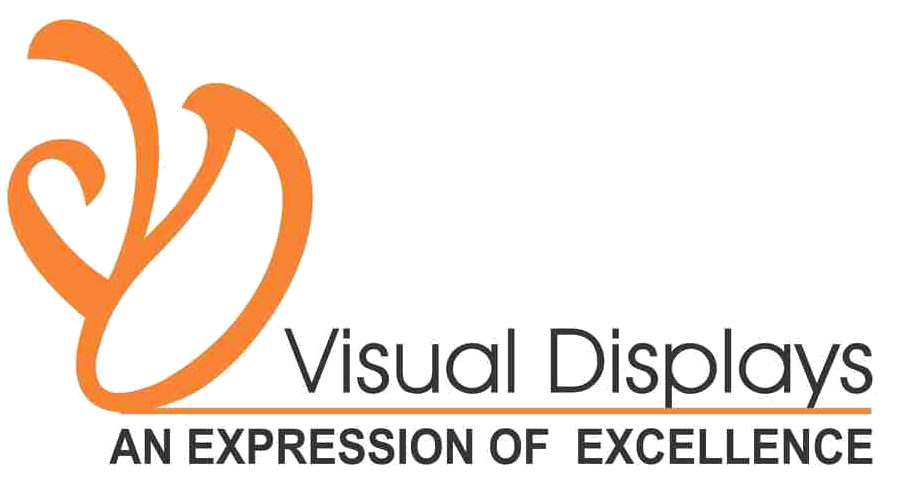
This helps flag any instances of excess payments or unauthorized purchases, supporting accountability and transparency in procurement spend analysis. A spend analysis report helps to improve efficiency by aiding in the identification and elimination of unnecessary costs. It also identifies areas where you can better allocate money to maximize the benefits of resources available. Spend analysis is the process of collecting, categorizing, and evaluating company expenditures to identify cost-saving opportunities, improve procurement efficiency, and enhance financial decision-making. The platform utilizes Merlin AI to enhance data accuracy and provide actionable insights to help you make better data-driven procurement strategies.
What are the key success factors for a spend analysis initiative?
- The advantage of these consistent and scalable methods is that spend analysis can be done faster, more scalably, and repeatedly.
- When you connect data that was previously separated, you see the full picture of procurement performance.
- Get all necessary data, insights, and actions in Sievo Spend Analytics and reach your targets while ensuring a sustainable, resilient, and diverse supply.
- The number of levels in a spend taxonomy depends on the procurement organization’s needs, ranging from three to six levels of categories and sub-categories.
- Whatever kind of benchmarking you choose to do, it can help reduce material and supply costs through price reductions, as well as the cost of doing business through efficiency gains.
When repeated many times a year, spend analytics software can track the outcome of the initiatives to compare against original goals. Procurement can make adjustments based on new inputs from up-to-date data, making spend analysis a more useful and strategic exercise. If you invest in the right spend analysis tool and follow the seven steps outlined above, you’ll be able to transform your spend data into actionable insights and a healthier bottom line. To receive more value, work hard to get accurate, granular data from your records. Using an AI-powered platform, such as Simfoni’s Spend Analytics, data cleansing and categorization time dramatically decrease while data accuracy increases.
Key Terms And Definitions In Procurement Spend Analytics
- Start with a bite-sized overview of spend analytics and see how it can change your game.
- Our Bachelor of Applied Data Analytics program equips you with the technical skills and analytical expertise to transform complex datasets into actionable insights.
- Artificial intelligence (AI) and machine learning technologies significantly enhance spend analysis by predicting spending trends, identifying savings opportunities, and detecting anomalies.
- BI tools are scalable, accommodating the growing data needs of organizations of all sizes.
- Finding data is relatively easy for smaller companies who may store the necessary data in a single ERP system.
Procurement data can be sliced and diced based on a number of key performance indicators (KPIs). Key Performance Indicators for spend analysis are essential metrics that help organizations measure the effectiveness of their procurement activities and identify areas for improvement. Classification typically involves grouping several suppliers of the same parent company or organization. Unifying heterogeneous spend data into clearly defined categories makes spend easier to address and manage across the whole organization. Classification is about harmonizing all purchasing transactions to a single taxonomy, enabling procurement to gain visibility of the global spending to make better sourcing decisions.
Clean & reliable data

Finding the right tool is always a balancing act between features, requirements and budget. Here at Art of automated spend analysis Procurement we don’t believe in a one-size-fits all approach to procurement technology – or anything for that matter. Instead, we offer first-hand observations and guidance based on decades of practitioner experience to help you self-assess your needs and options.
What to look for in a spend analytics tool
Poor data visualization tools make it hard to communicate insights to stakeholders. When you connect data that was previously separated, you see the full picture of procurement performance. This helps you Catch Up Bookkeeping control costs now and create strategic value for the future.

Enterprise Resource Planning (ERP) Systems
Please also note that such material is not updated regularly and that some of the information may not therefore be current. Consult with your own financial professional when making decisions regarding your financial or investment management. Hover over a section of the chart to learn more about spending in specific categories.
Precoro (Best for process-driven procurement automation)

There are countless opportunities and insights to discover in your spend data. Here are 6 of the most fundamental procurement analytics exercises you can use. There are also standard taxonomies such as the UNSPSC (United Nations Standard Products and Services Code), a common coding system describing goods and services. It may be used to categorize procurement spend, but these are often not ideal for strategic sourcing.

Zycus (Best for AI-enhanced procurement efficiency)

Your company’s procurement team can leverage your spending analytics to gain actionable insights into your procurement process. All the above solutions use business rules to help sort and categorize data. Better software also uses artificial intelligence (AI) cash flow to increase the processing speed and to improve accuracy. Natural Language Processing (NLP) deals with data that involve human language. Consolidating data from different sources becomes easier when NLP can identify all the versions of a supplier’s name during normalization.
